|
Fire Department Disclaimer: According to Florida Public Records Law, email correspondence to and from the City of Live Oak, including email addresses and other personal information, is public record and must be made available to the public and media upon request, unless otherwise exempt by the Public Records Law. If you do not want your e-mail address released in response to a public records request, do not send electronic mail to this entity. Instead, contact this office by phone or in writing. |
History of the Live Oak Fire DepartmentIn The Begining…L.O.F.D. Established on September 30th, 1903, at a cost of $1240, the Live Oak Fire Department had humble beginnings. Housed in the Courthouse yard, with only two hose carts and sixty feet of fire hose, the department was led into action by Inaugural Fire Chief Gus Potsdamer, Firefighters S.A. Hinely and H.H. Hair along with approximately sixteen volunteers. By 1909, the fire department was now operating with a paid Fire Chief, two full time Firefighters and two volunteer companies. All of the growth, within Suwannee County and the city, meant that change was coming to Live Oak. Most notably was the completion of the New City Hall building located at 212 N. Ohio Avenue. Not only did this give the citizens a formal government building, but it also provided the Live Oak Fire Department a permanent and central location for response to all incidents, within the city limits and surrounding Suwannee County, to conduct business, house its equipment and establish itself as a professional entity. Also with this new facility, the fire department purchased its first standard fire wagon, suction wagon and a somewhat famous horse named “Lee”. “Ol’Lee”, as he is now remembered by history, was the last of the fire horses and as dedicated to the fire service as some of the firefighters themselves. It is noted in the history books of Live Oak and Suwannee County, that after retirement in 1930, “Ol’Lee” was sold and put to pasture for a lumber mill owner in the west side of Suwannee County. And it is believed that “Ol’Lee” was grazing one day and heard the whistle of a distant train, which he thought was the fire station call alarm, broke free of the fence and ran himself toward the whistle searching for his “last fire.” But, sadly, he died of exhaustion from the run. Today, you can still see the remnants of “Ol’Lee” on the walls of the old fire station at 212 North Ohio Avenue. There are sections of the walls where “Ol’Lee” would get excited when the whistle would blow and he would “chew” on the plaster. By 1917, Live Oak Fire Department has had many changes in administration, mainly fire chiefs. Frank L. (Luke) Haddon was the first of two notable fire chiefs in the history of the L.O.F.D. Chief Haddon served the L.O.F.D. for 43 years as Chief from 1917 to 1960. Today, Chief Haddon’s grave is recognized by the brass bell from “Ol’Betsy” permanently silenced on the top of his tomb, located in the Live Oak Cemetery. October 18, 1919, the City of Live Oak Fire Department receives delivery of a 1918 American La France brand custom fire engine, purchased for the amount of $7000. This has brought the fire department to a whole new level of service. Engine 1 or “Ol’Betsy”, as it was named, replaced the horse drawn carts with the exception of one that was retrofitted to the chassis of a 1929 Chevrolet truck and designated as Engine 2 by Chief Haddon. There were many incidents, developments and personnel changes contributing to the definition and history of the L.O.F.D. One of the earliest noted in the Chiefs’ log was on November 28, 1918, when one of the first firefighter injuries occurred at Kalils Restaurant. Firefighter Chip Whitfield was operating a roof ladder at a fire and got “hurt” by its hooks. He was treated and released by Dr. West. In 1967, the second of the two most notable fire chiefs for the L.O.F.D., took office for the next 27 years, Chief Howard Wright. Chief Wright contributed to many of the standards and traditions that are still in use today. The new main fire station at 200 East Duval Avenue is named in his honor. This facility was completed in 1997. Even though the new department relocated just behind the old building, its history can still be felt inside the walls when you enter through one of the old apparatus bay doors. As of 2007, the City of Live Oak received a historical funds grant that is allowing restoration of the 1909 building. It is anticipated that upon completion, all of the original architectural fixtures and features will be re established, including both fire poles that allowed firefighters of days gone by to enter the apparatus floor from the second story! Along with that, the L.O.F.D. hopes to secure “Ol’Betsy” back to its original home. Until 1994, Live Oak Fire Department provided fire response to all of Suwannee County along with the brave members of the surrounding volunteer companies. It was decided, in 1994, that the county would be taking over the responsibility and the Suwannee County Fire Department was created. This confined the L.O.F.D. to the boundaries of the city limits unless requested otherwise. Many fire chiefs have served the L.O.F.D., all, with the exception of one, Andrew Frenock (2000-2002) were promoted from within the department. L.O.F.D. prides itself on career development and incentive to keep its team as a family. The following are a list of past fire chiefs that served the citizens of Live Oak and Suwannee County: Gus Potsdamer (1903) This concludes a brief history of the L.O.F.D., the first one hundred years. If you or someone you know has any L.O.F.D. history, memorabilia or ANY information that is not listed here, please contact Fire Chief Chad Croft at 386-362-1313 or email at ccroft@cityofliveoak.org. All information displayed here is based on research of the Suwannee Democrat, L.O.F.D. records, personal instances of past employees and records provided by the City of Live Oak A Look Back…
Fire Chief Luke Haddon served the
|
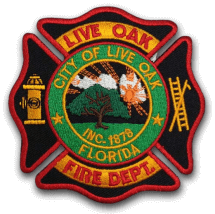

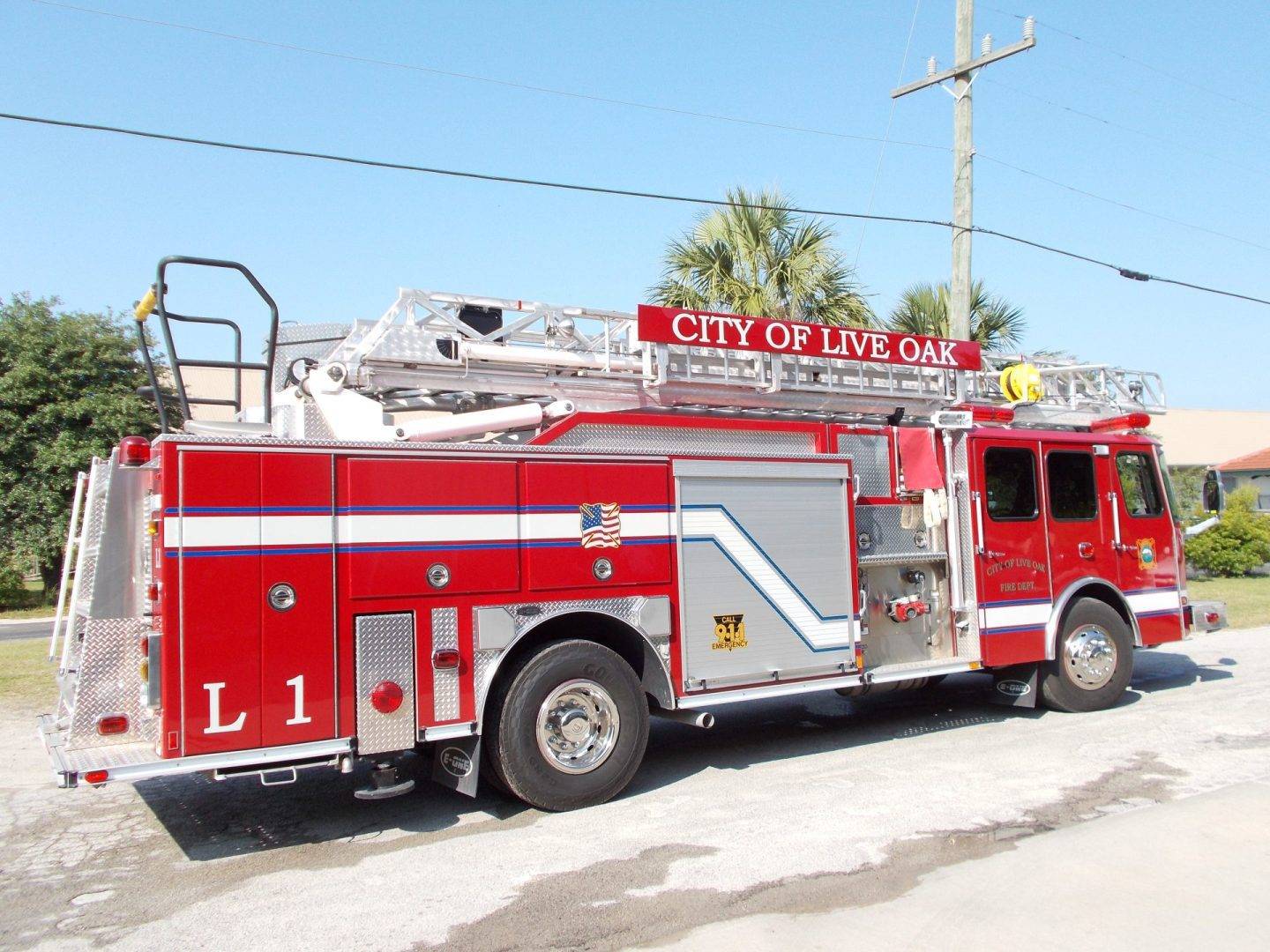
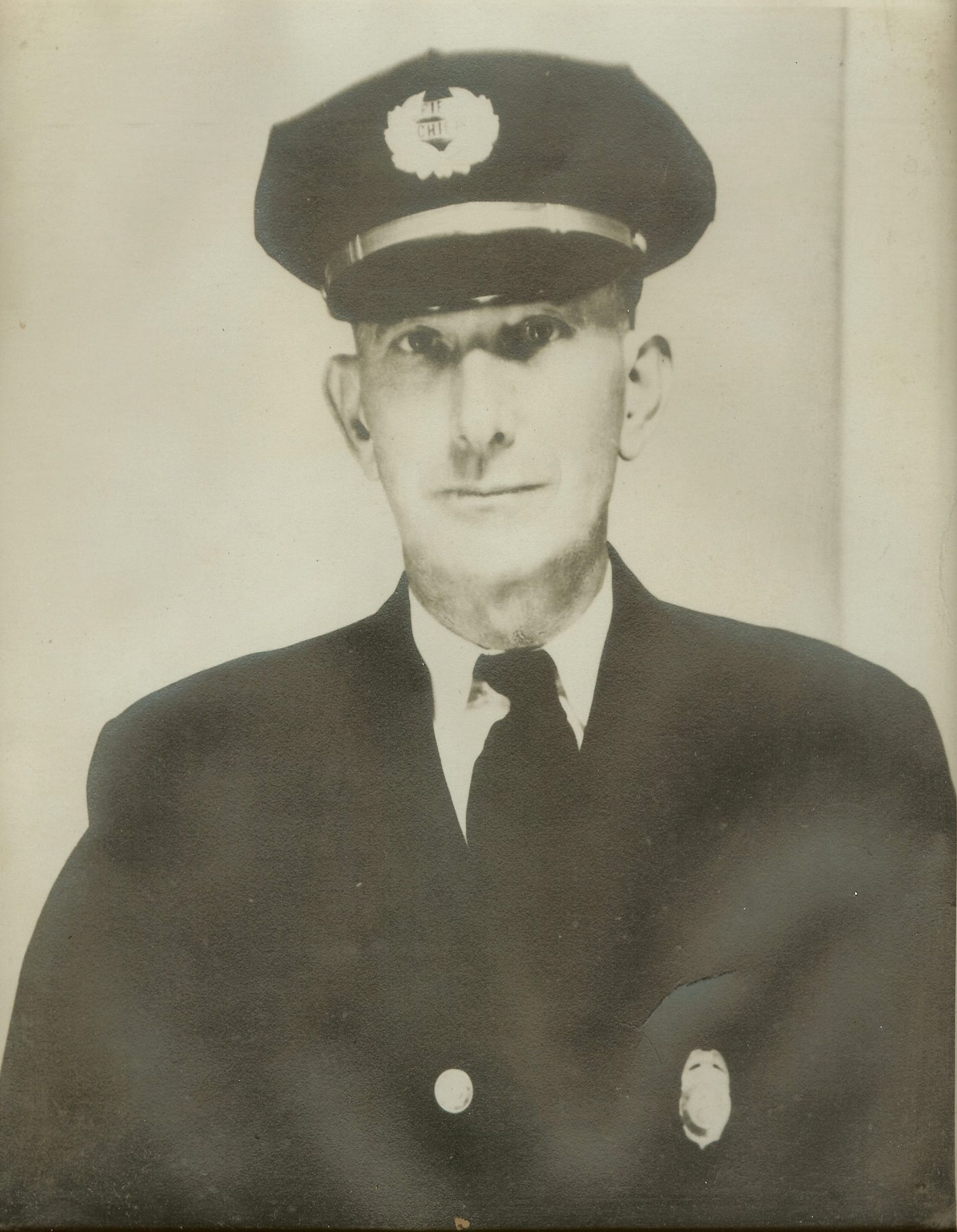 (Pictured is Chief Luke Haddon 1917-1960)
(Pictured is Chief Luke Haddon 1917-1960)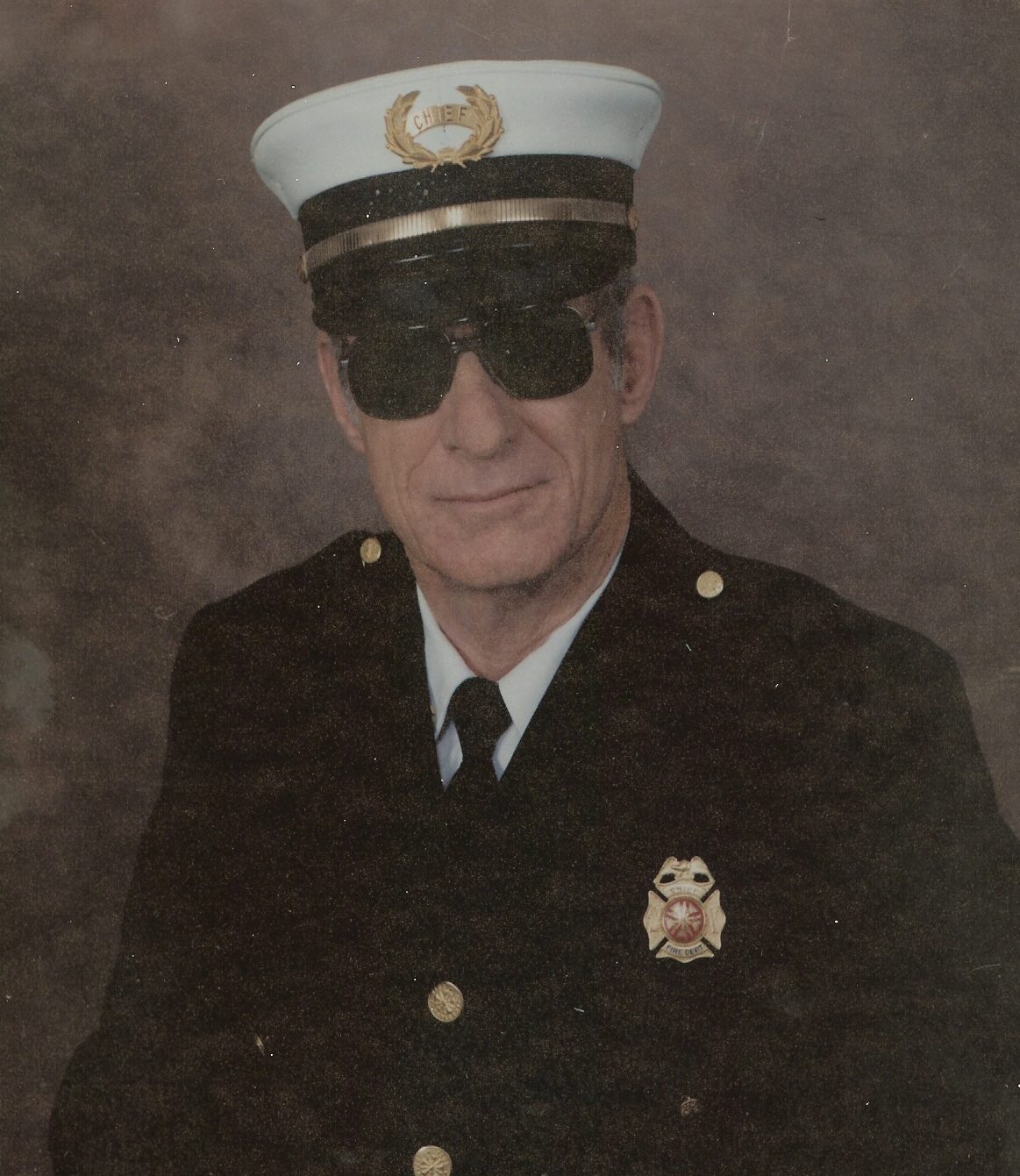 (Pictured is Chief Howard Wright (1960-1994)
(Pictured is Chief Howard Wright (1960-1994)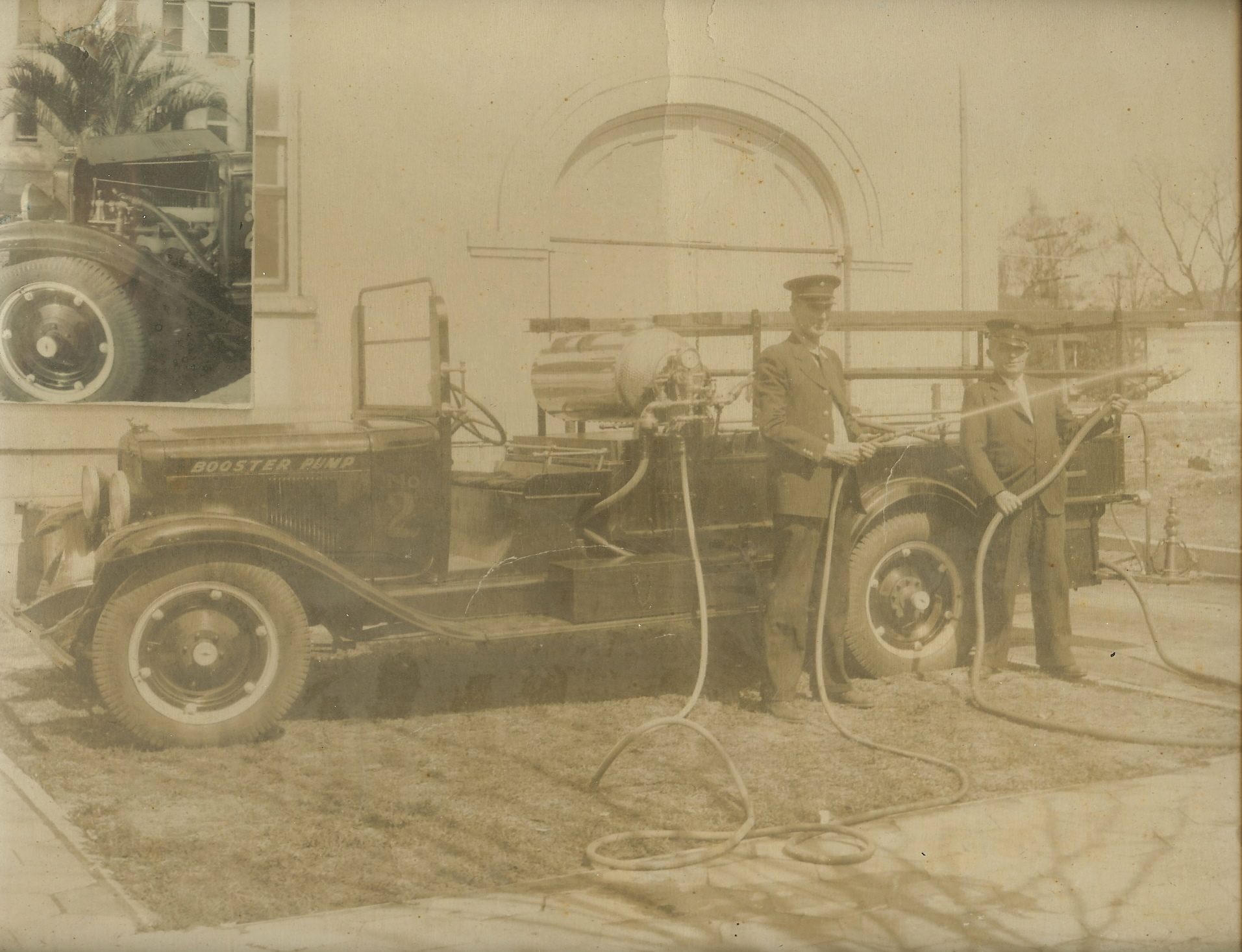 (Pictured is the Original Engine 2)
(Pictured is the Original Engine 2)